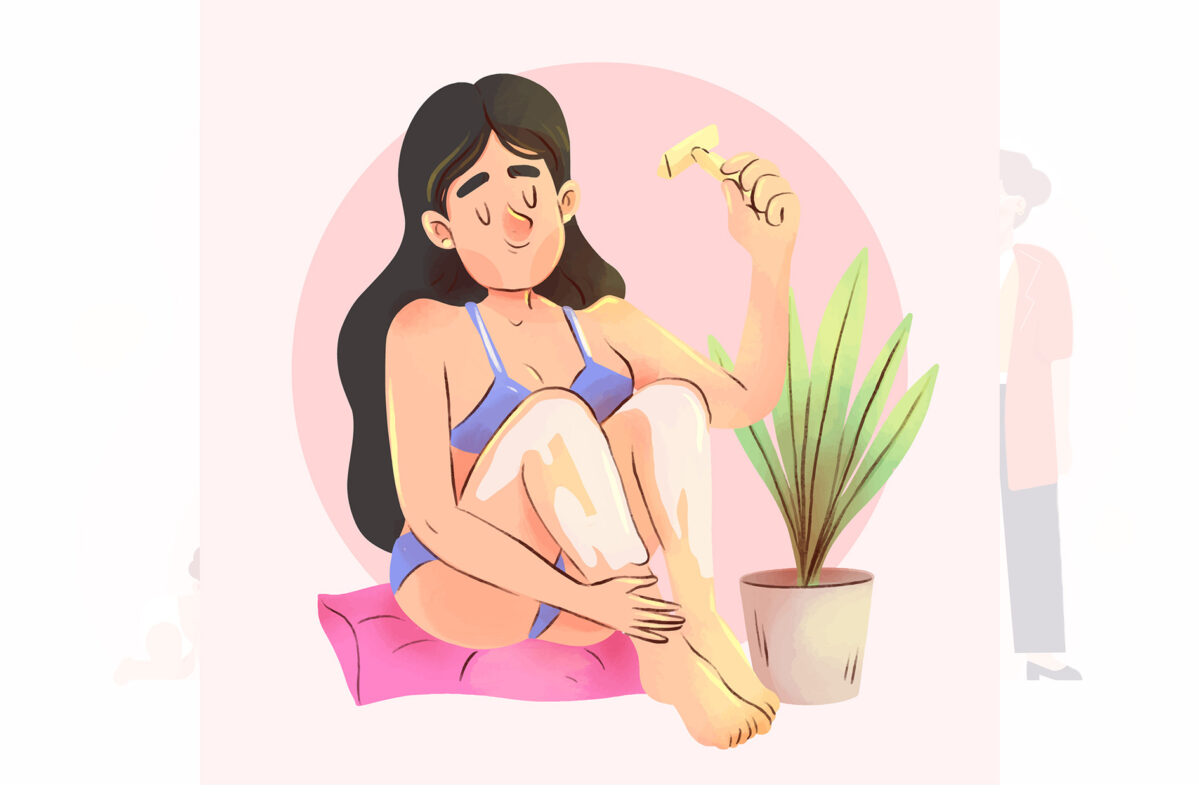Laser Hair removal
Best Way To Remove Pubic Hair Without Shaving
Puberty signifies a natural transition in life, often accompanied by the emergence of body hair. While individuals commonly address armpit and leg hair through shaving during adolescence, another area often overlooked in discussions is pubic hair maintenance.
Acknowledging Pubic Hair: Navigating Preferences
During puberty, the growth of pubic hair is a typical occurrence. However, discussions surrounding this topic tend to be laden with discomfort. Preferences regarding the extent of hair in this region vary widely among individuals, ranging from embracing a full bush to seeking methods for hair removal.
Challenges of Shaving
Shaving, a prevalent method for pubic hair removal, presents numerous challenges. Despite meticulous efforts, individuals frequently encounter issues such as razor bumps, ingrown hairs, and itchiness, which can be particularly inconvenient, especially before occasions where the bikini line is exposed.
Exploring Alternatives
Several alternatives to shaving exist, each with its own set of advantages and considerations:
1. Waxing:
Waxing, whether done professionally or at home, involves pulling hair out from the follicles, providing longer-lasting results than shaving. However, it often accompanies a considerable degree of discomfort, particularly in sensitive areas.
2. Trimming:
Trimming offers a middle ground for those not seeking complete hair removal. While it aids in reducing hair length, achieving a completely smooth look proves challenging with this method.
3. Hair Removal Creams:
Chemical-based hair removal creams dissolve hair proteins, facilitating painless hair removal. However, their application on sensitive skin poses potential risks.
4. Tweezing:
Tweezing involves the removal of individual hairs, making it suitable for touch-ups but inefficient for large-scale hair removal due to its labor-intensive nature.
Introducing IPL for Pubic Hair Removal
IPL (Intense Pulsed Light) emerges as a viable option for semi-permanent pubic hair removal. Distinct from laser hair removal, IPL targets hair pigment to inhibit regrowth, gradually reducing hair density over multiple sessions.
Considerations for IPL Devices
When selecting an IPL device, several factors warrant consideration:
– Window Size:
The size of the device’s treatment area determines efficiency in covering skin surfaces. Devices with larger window sizes offer quicker treatment times.
– Energy Levels:
Adjustable energy levels accommodate varying skin sensitivities, ensuring personalized treatment experiences.
– Lifespan:
Devices with higher light pulse counts boast prolonged lifespans, offering extended usage and value for investment.
– Warranty:
Opting for devices with comprehensive warranties ensures consumer protection against potential malfunctions or defects.
Laser Hair Removal: An Alternative Approach
Laser hair removal, conducted under professional supervision, utilizes laser beams to target hair follicles, necessitating multiple sessions for optimal results. Pre-treatment measures, including shaving and sun avoidance, are crucial for treatment efficacy and safety.
Post-Treatment Care
After hair removal procedures, maintaining proper hygiene and skincare practices is essential:
- Choice of Underwear: Opt for breathable cotton underwear to minimize post-treatment irritation.
- Hygiene Practices: Utilize gentle, fragrance-free cleansers to prevent skin irritation.
- Waxing Precautions: Avoid multiple passes over the same area during waxing to prevent skin damage.
Patience and Persistence
While seeking hair removal solutions, patience is key. Whether opting for IPL or laser treatments, gradual progress and multiple sessions are often required for optimal outcomes.
Conclusion
Embracing alternatives to traditional shaving methods, such as IPL and laser hair removal, offers individuals efficient and semi-permanent solutions for pubic hair removal. By considering factors such as device specifications and post-treatment care, individuals can navigate their hair removal journey with confidence and comfort.

